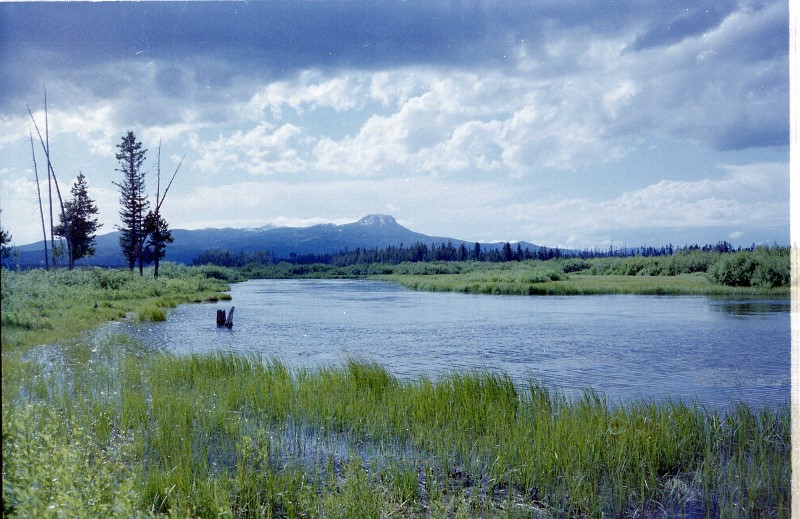Henry’s Fork, July 22nd, 2023

The Tubs
Water Quality Information from Dr. Rob Van Kirk’s Henry’s Fork Drainage Report Filed Yesterday.
Water quality continues to exceed expectations throughout the watershed, especially given hot dry weather and very high reservoir outflow. Water temperatures yesterday were a little cooler than on Wednesday due to cloud cover and close to average. Afternoon high water temperatures exceeded 70 degrees at our usual warm spots—Buffalo River, Pinehaven, St. Anthony, and Parker—but the duration and magnitude of temperatures greater than 70 degrees was lower than on Wednesday. Water temperatures stayed within the optimal range of 53–68 degrees all day at all of our other sonde locations. Dissolved oxygen continues to stay good to excellent—and above the state cold-water standard of 6 mg/L—at all locations.
Turbidity is still well below average at all locations between Island Park Dam and St. Anthony and among the lowest readings we have observed during mid-July since first installing our water-quality network in 2014. This is despite outflow through Island Park Dam gates higher than we have seen this time of year since 2013. The common denominators among the years with lowest turbidity—2017, 2018, 2019, and 2023—are near- to above-average snowpack and high Island Park Reservoir levels.
Timing of aquatic insect hatches is still around 5 days later than average in the river reach between Island Park Dam and Pinehaven, 8 days later in the Warm River to Ashton reach, and 4 days later than average between Ashton Dam and St. Anthony.
Rob Van Kirk, Ph.D.
Senior Scientist
P.O. Box 550
Ashton, ID 83420
208-881-3407 CELL
There are a few comments on why we continue to place Dr. Rob’s observations on the fishing report. We do so because many of these give reasons for fly fishing success. They also help in deciding where and when to try your luck on drainage waters.
Consider that although aquatic insect hatches remain a bit late in much of the drainage, terrestrial insect populations are building and are becoming quite important as a trout food along the entire river and its tributaries.
